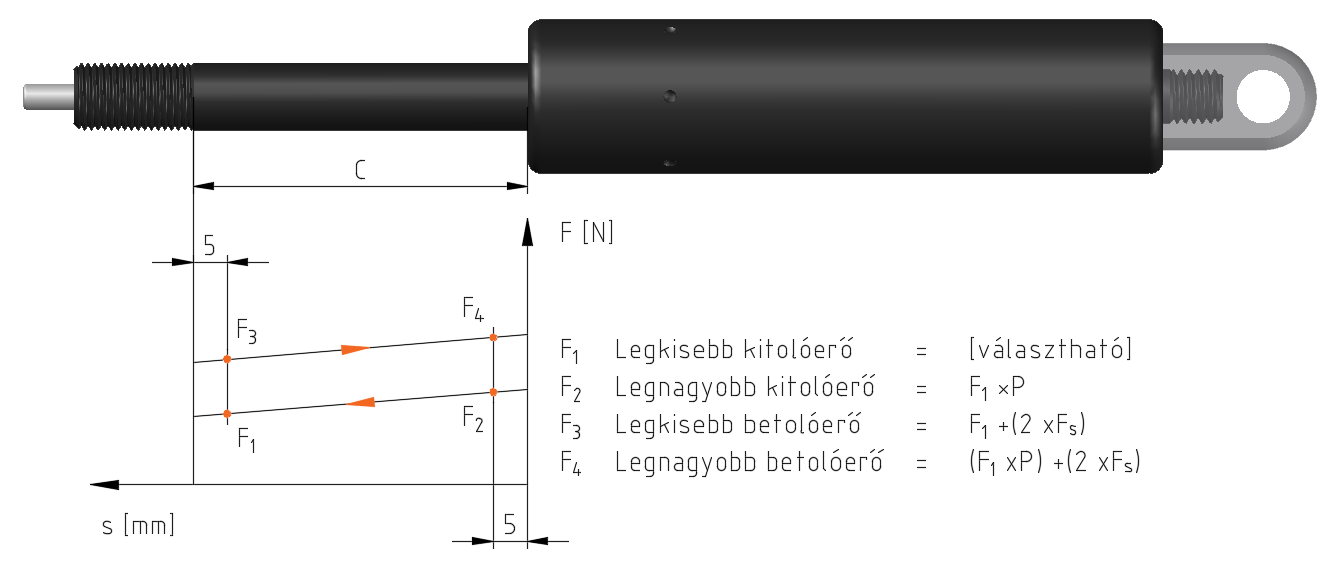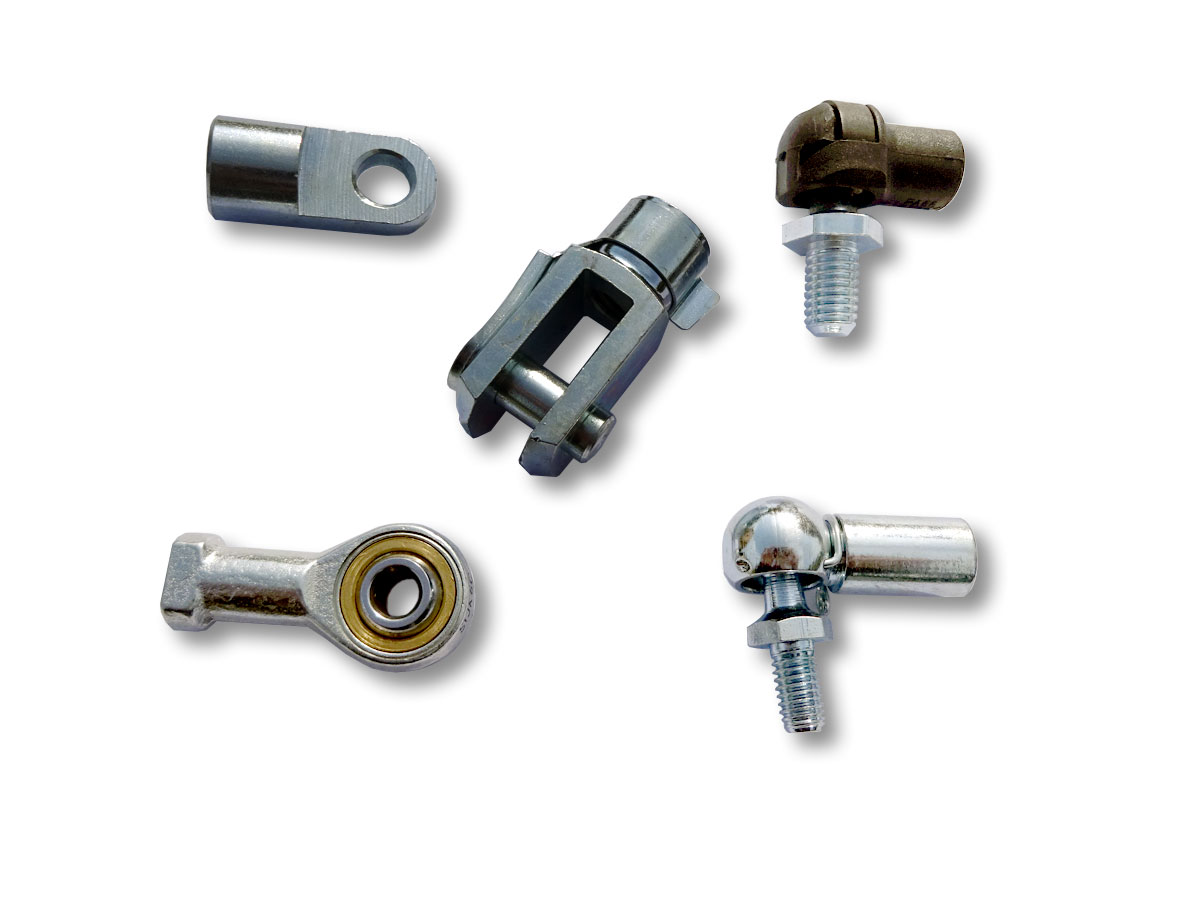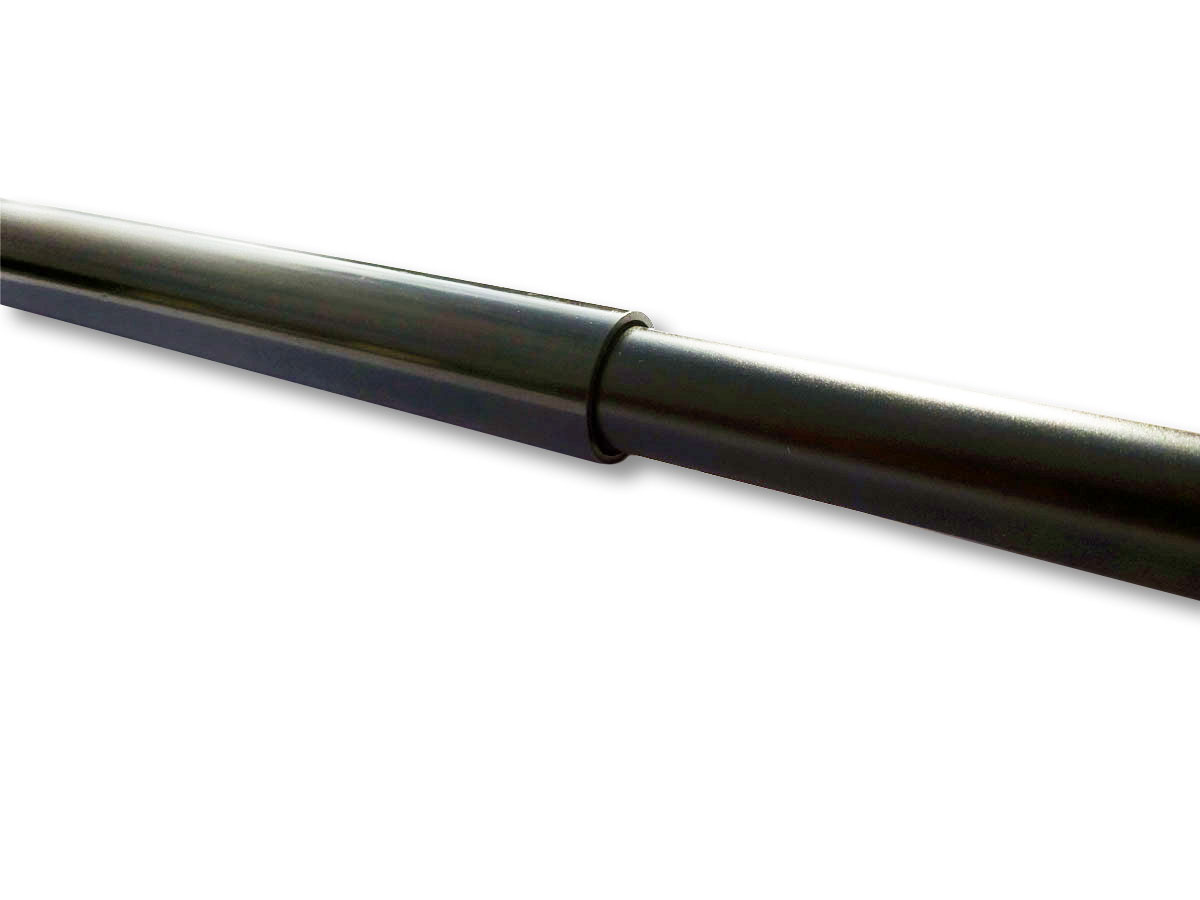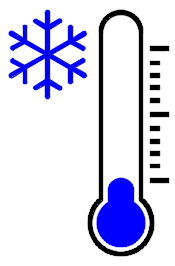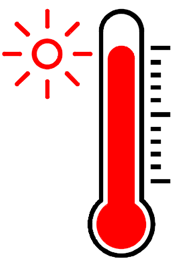Flexible blockable gas springs
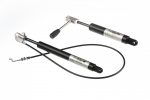
 Less widely known, but long-produced gas telescope variety. The lockable, positionable… etc. names are also cover this type. Normally open, compression needs strenght. Can be positioned freely along the full stroke. In blocked state, it also moves flexibly under tension and pressure.
Less widely known, but long-produced gas telescope variety. The lockable, positionable… etc. names are also cover this type. Normally open, compression needs strenght. Can be positioned freely along the full stroke. In blocked state, it also moves flexibly under tension and pressure.
Size range:
Within the range shown in the table below, we produce flexible blockable gas springs, even in individual sizes.
The ends of the gas springs are threaded in principle, but can be chosen from a large variety of end fittings as required.
| Type | A | B | C | Stroke x F1 max. | D | E |
|---|---|---|---|---|---|---|
| Rod Ø [mm] | Cylinder Ø [mm] | Stroke [mm] | Basic lenght calculation [mm] | Extended lenght calculation [mm] | ||
| FBB10 | 10 | 22 | 20 – 500 | 300 000 | (C x2) +70 | (C x2) +70 +G |
| FBB10/27 | 10 | 27 | 50 – 500 | 300 000 | (C x2) +70 | (C x2) +70 +G |
For each type, the stroke and the maximum value of F1 are determined to avoid bending of the rod. If the gas spring you are looking for exceeds this value, it can only be made with a smaller stroke or force, or it can be made only from bigger type.
The value of G and H are different for each fitting type.
Force characteristics and dampering:
The force of the compression gas spring is not constant, depending on the position of the piston rod and the direction of movement. The force is required for compression is always greater than the extension froce of the gas spring.
Of the 4 different forces, only one can be definite, preferably the the smallest thrust, F1. This force is called as the force of the gas spring, this is indicated on the nameplate. The F2, F3, F4 force are indicative, may differ from the theoretical values. The force of the gas spring can be affacted by the ambient temperature. When fabricated, the F1 is measured at 20±2 °C. With the change of the temperature, the force change rate is about 3,3% for every 10 °C deviation.
| Type | P | Fs max | F1 | Possible damperings | |||
|---|---|---|---|---|---|---|---|
| Progression | Friction force max [N]. | Smallest extension force [N] | Extension | Compression | Both direction | Without dampering | |
| FBB10 | 1,40 | 35 | 50 – 1200 | – | – | X | – |
| FBB10/27 | 1,20 | 40 | 100 – 1200 | – | – | X | – |
During the damping of the gas springs, it is the stroke end damping, braking can be mean, which is slows down the speed of movement before reaching the entire open and/or closed lenght, thus saving the structure and the telescope. The flexible blockable gas springs can be ordered with both direction dampering only, due to their internal structure.
Function and structure:
The flexible blockable gas spring is a cylinder filled with high pressure nitrogen, which is divided by the piston rod into two interlocked internal chambers. The piston valve is normally closed. The two sides of the piston, due to the different size surfaces, has differnt force of the gas charge, lower on the lower side than the top. The difference of the two forces is the force of the gas telescope,which pushes the rod outwards. When the valve is closed, the gas does not flow between the chambers, so the gas spring keeps its position. Under external force, it can be move flexible in the direction of compression and extension as the gas is compressible. When the valve is open it acts as a compression gas spring.
Parts of flexible blockable gas spring:
1, Release pin 2, Piston rod 3, Guiding element 4, Seal 5, Piston with valve 6, Gas and lubrication 7, Cylinder 8, End fitting
Application:
In the automotive industry, it is widespread to apply seat back angle adjustment. Part of tables, and chairs in height adjusting in the furniture industry.
Versions
The Fedbaer gas springs can be ordered with the following appearances and materials
Fedbaer Basic series
Standard version, black rod and tube
Fedbaer Silver series
Chrome plated rod, silver metallic tube
Fedbaer Inox series
Stainless steel rod and tube
Accessories
Accessories for Fedbaer gas springs
End fittings
List of optional fittings
Release systems
Tools for operation
Protective cover
Protect the rod from damage
Operating temperature
The Fedbar gas springs can be ordered for the following temperature conditions:


